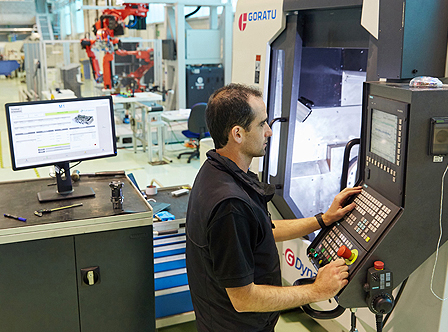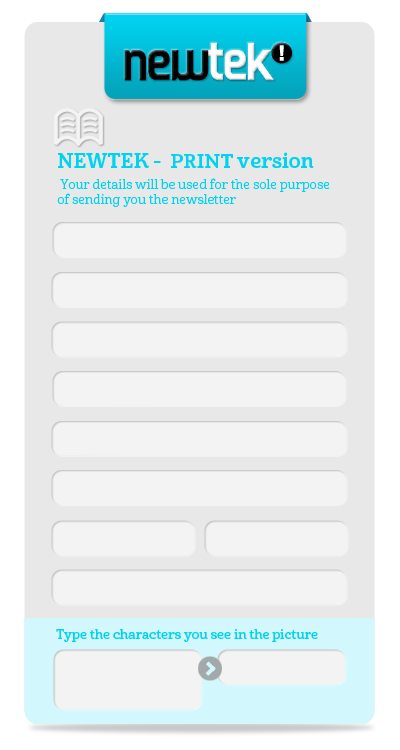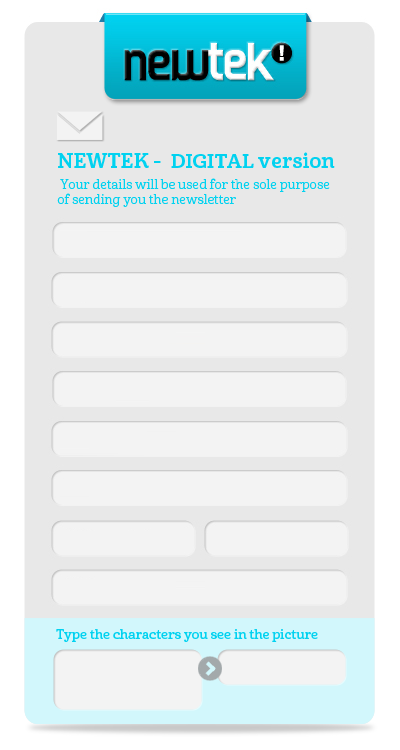NEWS

The application of new techniques serves to optimise a machine’s maintenance strategy as unscheduled shutdowns are eliminated and availability is increased; product improvements are also achieved in terms of reliability.
Generally speaking, machine maintenance is carried out in two ways; based on scheduled intervals or correctively once a malfunction has been detected. In the former case, scheduling does not take the machine’s operating conditions into account and, in the latter, a malfunction could give rise to unexpected effects involving certain components or the machine as a whole.
It is in this context that IK4-TEKNIKER has recently worked with the firms Goratu and Fagor Automation in a project whose main goal is to reduce machine tool downtime by implementing smart predictive-proactive maintenance actions.
Consequently, work eventually focused on developing a proactive maintenance strategy that used the information supplied by the machine’s CNC but without having to introduce any specific sensorisation.
This predictive maintenance strategy assesses the “health” of a machine via short standard test programmes featuring diagnostic capabilities covering the most important components to generate a machine condition report. During these tests, samples are taken and variables supplied by internal signals are entered into the CNC regulator system.
Test results are generated after processing; a “digital footprint” of the machine that can be compared with certain patterns of the machine to evaluate health figures connected to the most critical components (mainly the header and linear guideways on machine tools).
Operation data are registered and stored In addition to tests performed at regular intervals (daily, weekly, etc.). This supplies information that relates machine status to operating conditions (power, speed ranges, etc.) to help identify any parameters of a process that could potentially produce a breakdown.
Operating data and “digital footprints” are sent to a remote server where information arriving from several machines is aggregated and analysed.
Once this information has been analysed, decisions are taken to improve the maintenance strategy of the machine, the product or the machine’s health status evaluation algorithms.
This project has received funding from the European Community's Seventh Framework Programme (FP7-NMP-2012-ICT-FOF) under grant agreement no 314548.



